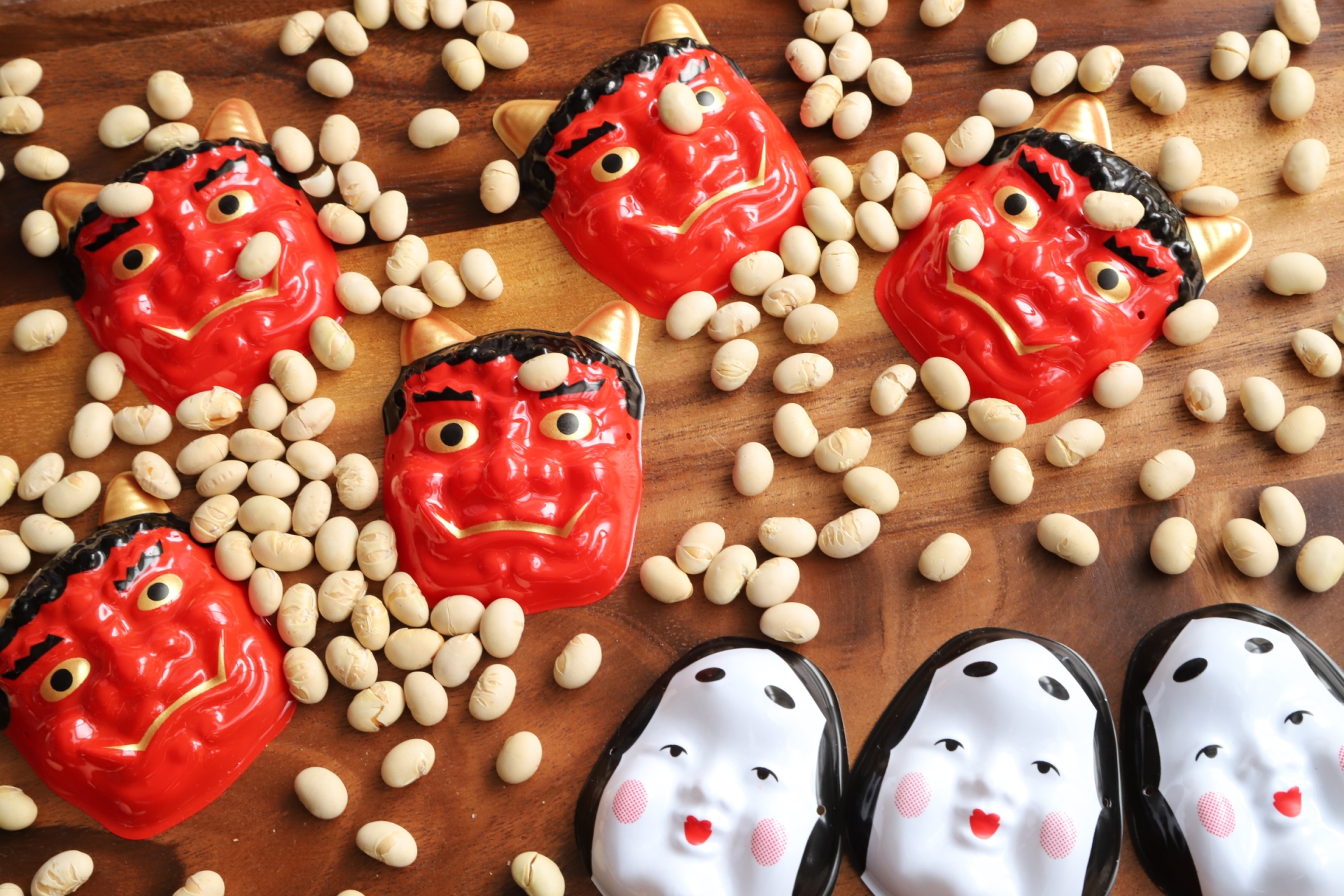
Setsubun in Japan:
The Bean-Throwing Festival
to Banish Evil Spirits
Japan is a country rich in seasonal traditions, and one of the most unique and symbolic is Setsubun (節分) — also known as the Bean-Throwing Festival. Celebrated annually on February 3rd, Setsubun marks the transition from winter to spring according to the old lunar calendar. But it’s more than just a seasonal change—it’s a cultural ritual aimed at cleansing bad luck and inviting happiness.
Whether you’re visiting Japan in winter or just curious about Japanese culture, here’s everything you need to know about Setsubun and how to experience it.
What Is Setsubun?
Setsubun literally means “seasonal division,” but in modern times, it most commonly refers to the day before the beginning of spring (according to the traditional calendar). Historically, people believed that evil spirits (oni) would appear during seasonal changes, bringing misfortune and illness.
To drive away these spirits and protect the home, people perform a ritual called mamemaki (豆まき)—throwing roasted soybeans while chanting:
“Oni wa soto! Fuku wa uchi!”
“Demons out! Good luck in!”
How Setsubun Is Celebrated
1. Mamemaki (Bean-Throwing Ritual)
At home, a family member (often the father) wears a demon mask (oni mask) while others throw beans at him to “chase out” the evil. In many temples and shrines, especially in large cities like Tokyo and Kyoto, priests and celebrities throw beans to large crowds, sometimes along with prizes or sweets.
Popular locations for public Setsubun events:
- Sensoji Temple (Tokyo)
- Yoshida Shrine (Kyoto)
- Naritasan Shinshoji Temple (Chiba)
2. Eho-maki (Lucky Sushi Rolls)
Another modern custom is eating a special uncut sushi roll called eho-maki, while facing the “lucky direction” for the year (determined by astrology). The roll should be eaten silently while making a wish.
Fun Fact: Eho-maki originated in Osaka but is now widely popular across Japan.
3. Wearing Oni Masks and Costumes
Children love Setsubun because they get to dress up, throw things at their parents, and eat treats. Stores also sell colorful masks and decorations, making it a festive time.
Setsubun for Foreign Visitors
If you’re in Japan in early February, Setsubun is a fun and family-friendly tradition to witness or even join. You don’t need to understand all the religious meanings—just enjoy the unique atmosphere.
Tips for enjoying Setsubun as a tourist:
- Visit a shrine or temple hosting a public mamemaki event
- Try buying and eating eho-maki at a convenience store or supermarket
- Take photos with people in oni costumes (they’re usually friendly!)
- Be respectful during religious parts of the ceremony
Why Setsubun Matters Today
Even in modern Japan, Setsubun remains a beloved custom. It reflects the Japanese belief in purifying the home and welcoming good fortune at the start of a new season. It’s also a reminder of the importance of family, community, and a playful spirit—even when confronting “evil.”
Final Thoughts
Setsubun is a wonderful example of how Japanese culture blends tradition, symbolism, and seasonal awareness into everyday life. If you want to experience an authentic cultural event that’s both meaningful and fun, be sure to mark February 3rd on your calendar and join the bean-throwing excitement!
